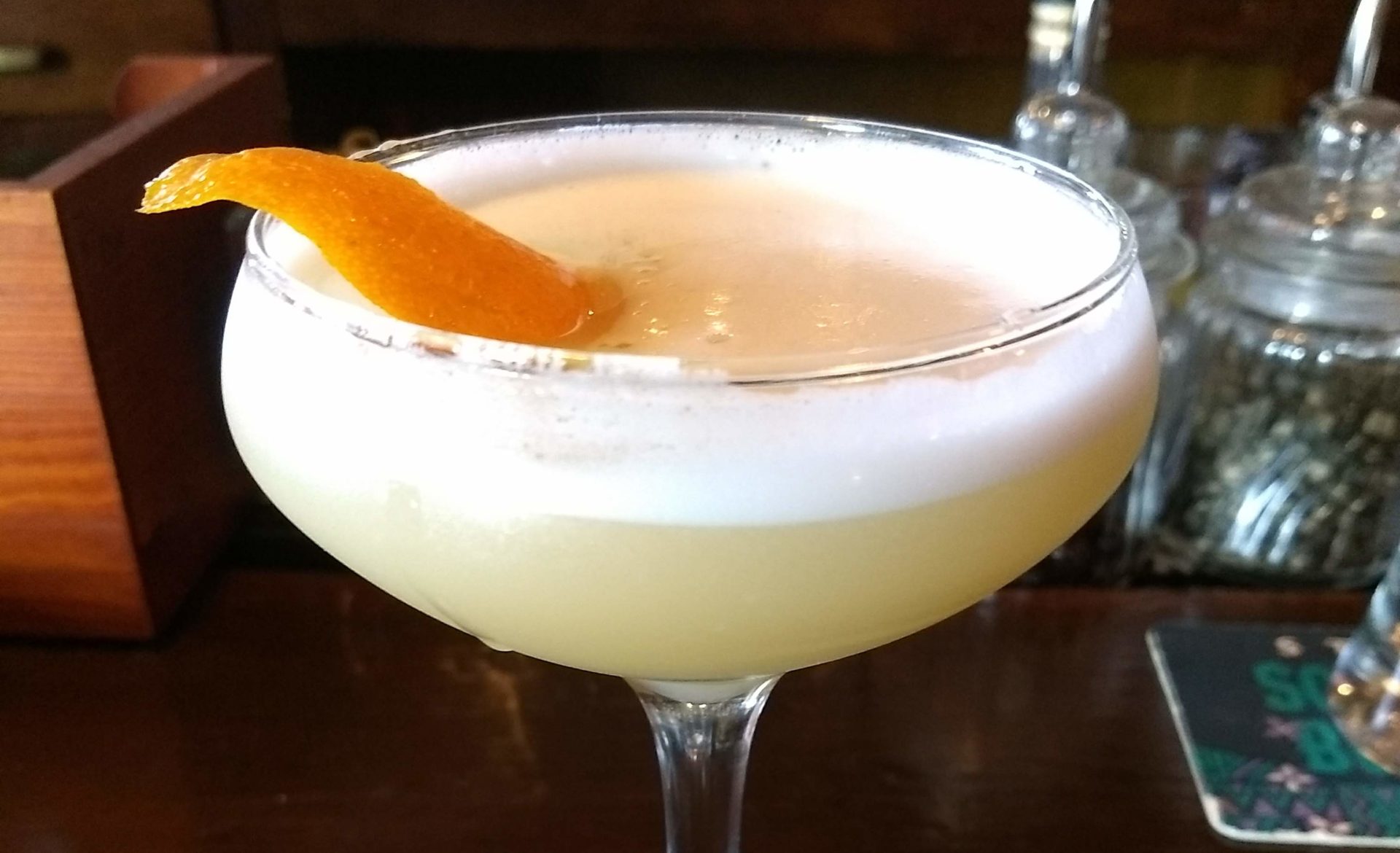
December 5 was Repeal Day. Eighty-three years have passed since that dreadful social experiment, Prohibition, was killed.
We think we are living in strange times — but what a weird era that was. Politics makes strange bedfellows, and what an odd coalition lobbied for Prohibition — some women, Christian fundamentalists, Nativists, racists, progressives, capitalists, socialists, and health-nuts. With few exceptions, these reformers all believed that drinking was bad. Respectively, these anti-alcohol crusaders declared that alcohol made men irresponsible; humankind impious; immigrants uppity; Blacks violent; humanity retrograde; workers lazy; proletariat imprisoned in false consciousness; and human bodies, sick.
Thus far, it does not appear that the old heavy-handed Prohibition will rise from the grave in America. So we can lift our glasses in toast to that.
But, all the news is not good news friends of the cup. Let me mention a few dour matters:
First, although Prohibition existed for only 13 years (1920 to 1933), its deleterious effects linger still. We see it when we try to order a bottle of wine online only to find that it cannot be shipped to our home state. (The 21st Amendment, which repealed Prohibition, permits states to erect barriers to the booze trade.) We see it when we visit a distillery and find that we cannot buy hooch directly from the distiller. (Instead, under the three-tier system, the distiller must sell it to a distributor, who must sell it to a retailer, from whom you can purchase it.) These are affronts to the liberty of producers, retailers, and we drinkers, and we should continue to encourage irrational drinks restrictions to be wiped from the books.
Second, outside America Prohibition is rising in places. Prohibitionist regimes can be found in Africa, Asia, and its subcontinent, bringing bans on drink. To cite just one example: Sunday’s New York Times review had this a piece titled, “Pakistan’s Drinking Problem.” The problem is not the drinkers — but the policies. The author writes,
“In the province of Sindh, where I live, licensed shops, usually called wine stores, have operated even since prohibition. The stores are supposed to sell only to non-Muslims, but they don’t discriminate. Owners have to pay off the police, though, and any dispute can result in the shops having to close down…. In late October, a High Court judge ordered the closure of all these stores after accepting a petition that said alcohol is prohibited not only in Islam but in Christianity and Hinduism, too. This ban means that only those who can afford imported liquor will keep buying from a flourishing network of bootleggers. Others will have to buy one of the many versions of moonshine brewed all over the country, which routinely blind and kill consumers.”
But there is — and this leads me to my third bit of grim news — a sort of soft-Prohibitionism which is rising in Europe and creeping into our nation. Its proponents will deny they are against drink per se, but they then advocate measures to take beverages further and further from consumers. They promote shortening the hours bars and stores can sell; stopping companies from advertising drinks; raising beverage taxes; and setting high minimum prices — all with the explicit objective of reducing the amount of alcoholic beverages consumed by everyone.
Unlike the hard Prohibition that struck us a century ago, this soft Prohibition does not have adherents from all over society. Rather, it is an elite-driven phenomenon, heavily peopled by public health researchers and socioeconomic development wonks.
These latter sorts’ strategy is to tar alcohol as inherently dangerous: alcohol=death. “There is no safe level of drinking,” declared Dame Sally Davies, the U.K.’s chief medical officer. One can get a sense of their worldview from this rant posted on a listserv by a Boston University medical professor. He was steamed that the Surgeon General’s report insufficiently demonized alcohol.
“[N]ot once does the report inform readers that alcohol consumption itself causes cancer of the mouth, pharynx, esophagus, colon and rectum, and larynx. Instead, the report tells the public that only alcohol “misuse” – in other words, “irresponsible” drinking – can result in these cancers. This is the party line taken directly from Anheuser-Busch. The alcohol companies want the public to believe that there are absolutely no potential health consequences of alcohol use unless a person drinks irresponsibly (i.e., underage or binge drinking). The Surgeon General’s report goes a long way to reinforce this myth.”
If this is not neo-prohibitionism I do not know what is. Indeed, the soft Prohibitionists’ frame alcohol solely in terms of cost and danger. You won’t find in their studies any attention to the positives that drink can bring. A champagne toast at a wedding. A fun beer-soaked night on the town with friends. Belts of whiskey at a wake. The neo-prohibitionists would deny us these moments and memories thereof, for our own good.
Bad news aside, we the thirsty really are living in the best of times. We have more and better choices of fermented and distilled drinks available than ever before. And, yet, per capita we are drinking less than we did 40 years ago. (So much for the neo-prohibitionist insistence that increased consumer access will lead to more bad drinking.) But we must remain vigilant, because the freedom to consume might be stolen. And it wouldn’t be the first time.

